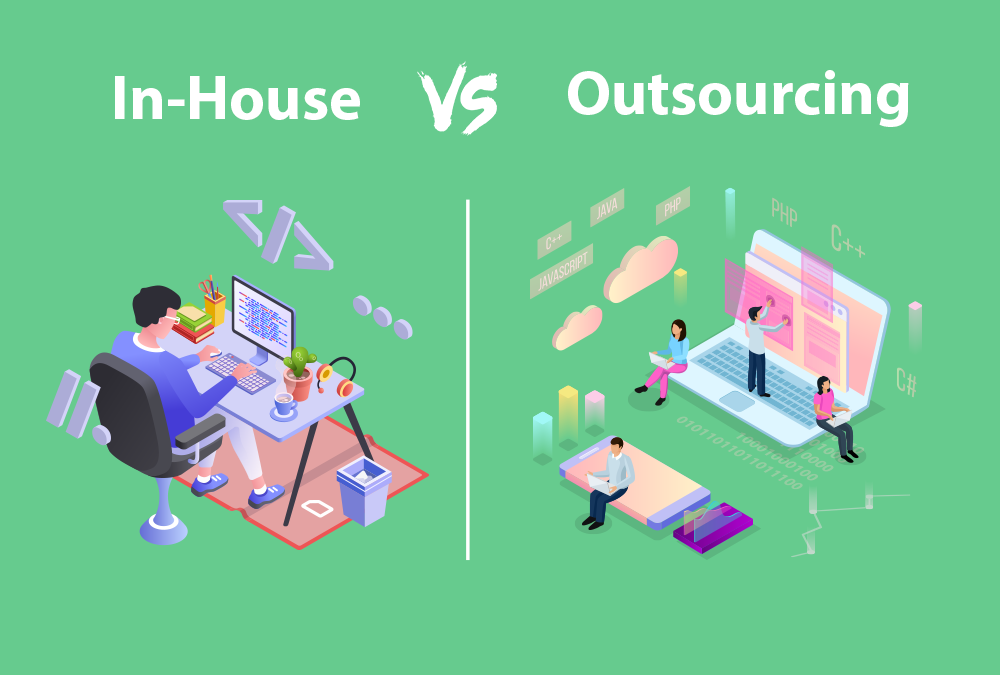How to Integrate Payment Gateways into Your eCommerce Mobile App
In the fast-changing world of eCommerce, providing a smooth, safe, and efficient payment experience is vital to consumer pleasure and business success. A well-integrated payment gateway is the foundation of every eCommerce mobile app, guaranteeing that users can make secure purchases with ease. This blog will walk you through the process of integrating payment gateways into your eCommerce mobile app development, including the necessary procedures, crucial considerations, and best practices.
Introduction to Payment Gateways
Merchants utilize a payment gateway to accept online payments from customers. It serves as a liaison between the transaction on your eCommerce mobile app and the financial institution, ensuring that the payment is executed securely and effectively. Simply said, it is a service that automates financial transactions between customers and merchants.
When a consumer purchases a product using your mobile app, the payment gateway collects the payment information, encrypts it, and securely delivers it to the bank or payment processor for authorization. The payment processor then certifies whether the transaction is allowed or rejected, and this information is communicated back to the app, allowing the purchase to proceed.
Why Payment Gateway Integration is Important
For any eCommerce mobile app, providing a dependable, safe, and user-friendly payment experience is critical for several reasons:
- Enhanced User Experience: A smooth checkout experience decreases cart abandonment and boosts consumer satisfaction.
- Security: Payment gateways use encryption and tokenization to protect sensitive payment information and maintain customer trust.
- Multiple Payment Methods: Customers increasingly expect to pay in a variety of ways, including credit cards, digital wallets, and local payment choices.
- Instant Transactions: Payment gateways support real-time transaction processing, allowing customers to complete purchases without wait.
- Compliance: By integrating with established gateways, organizations can adhere to a variety of financial laws, including PCI-DSS.
Types of Payment Gateways
Before entering into the integration process, it’s necessary to understand the various payment gateway options. They come into two major categories:
Hosted Payment Gateways
A hosted payment gateway redirects users away from your app to complete the payment on the payment processor’s site. Once the payment is completed, the user is redirected back to your app. While this method is easier to implement, it offers less control over the user experience.
Pros:
- Easy to set up.
- No need to handle sensitive card details, reducing security risks.
- Typically already PCI-DSS compliant.
Cons:
- Less control over the checkout experience.
- Users may feel inconvenienced being redirected to another website.
Examples: PayPal, Stripe Checkout
Non-Hosted or Integrated Payment Gateways
In this case, the payment gateway is embedded within the app, and users remain on the app throughout the checkout process. This offers greater control over the user experience but comes with higher complexity.
Pros:
- Full control over the design and checkout flow.
- Users stay on your app for a more seamless experience.
Cons:
- More complex to implement.
- You may need to handle PCI-DSS compliance.
- Higher security responsibilities.
Examples: Stripe API, Braintree, Adyen
How to Choose the Right Payment Gateway for Your Mobile App
Choosing the best payment gateway for your eCommerce app is dependent on a number of factors, including the target audience, type of business, and geographical region. Consider the following while selecting a gateway:
- Supported Payment Methods: Ensure the gateway supports the payment methods your customers prefer, including credit cards, debit cards, and digital wallets like Apple Pay and Google Pay.
- Global or Local Support: If your business operates internationally, choose a payment gateway that supports multiple currencies and global transactions. For local businesses, ensure the gateway supports popular local payment methods.
- Transaction Fees: Payment gateways charge transaction fees, which can vary based on volume, type of payment, and location. Compare the fee structures and choose one that fits your business model.
- Security Features: Look for gateways that provide fraud detection, tokenization, encryption, and PCI compliance.
- Developer Tools: Choose a gateway that offers a robust API, SDKs, and documentation for easy integration and maintenance.
- User Experience: A seamless user experience is crucial for conversions. Ensure the payment process is smooth, without unnecessary steps or redirects.
Step-by-Step Process for Payment Gateway Integration
Step 1: Register with a Payment Gateway Provider
Start by choosing your preferred payment gateway and signing up for an account. During this process, you’ll need to provide some business information and complete verification steps.
Step 2: Obtain API Keys
Once registered, the payment gateway provider will give you access to API keys. These keys allow your app to communicate with the payment processor. You’ll typically receive two types of keys: one for sandbox (testing) mode and another for production (live) mode.
Step 3: Integrate the Payment SDK or API
Most payment gateways offer SDKs (Software Development Kits) for popular mobile development platforms like iOS and Android. Alternatively, you can use their RESTful APIs to integrate the payment gateway manually.
- For SDKs: Download and install the SDK for your platform. Follow the provider’s documentation to integrate it into your app’s payment flow.
- For API integration: Make HTTP requests to the payment gateway’s API to process payments, and ensure you handle the responses correctly.
Step 4: Create a Payment Form
For non-hosted payment gateways, you’ll need to create a custom payment form where users can input their payment details (e.g., card number, expiration date). Ensure the form follows best practices for UX and security (e.g., masking sensitive information).
Step 5: Secure Payment Data
Security is paramount when handling payment data. Implement SSL encryption on your mobile app and ensure all communication with the payment gateway is secure. Tokenization, provided by most gateways, replaces sensitive card details with a unique identifier (token), making transactions safer.
Step 6: Handle Payment Responses
Once a payment is processed, the payment gateway will return a response indicating whether the transaction was successful or declined. Ensure your app can handle these responses and update the user accordingly.
Step 7: Go Live
After thoroughly testing the payment gateway in sandbox mode, switch to production mode using the live API keys. Be sure to monitor the initial transactions closely to ensure everything is functioning correctly.
Future Trends in eCommerce Payments
The payment systems that support eCommerce move in lockstep with the landscape. Here are some trends influencing the future of eCommerce payments:
- Biometric Payments: are predicted to become more prevalent as facial recognition and fingerprint scanning become more widely available, providing a safe and frictionless payment experience.
- Cryptocurrency Payments: Some businesses are beginning to accept cryptocurrencies such as Bitcoin as payment, appealing to tech-savvy clientele.
- Voice-Activated Payments: Voice assistants like Amazon Alexa and Google Assistant may soon allow users to complete transactions using speech commands.
- AI-Powered Fraud Detection: Artificial intelligence is increasingly being used to detect and prevent fraudulent transactions by studying patterns and detecting suspect behavior.
Conclusion
Integrating a payment gateway into your eCommerce mobile app is crucial for giving your consumers a seamless, secure, and speedy checkout experience. By taking the proper measures, ensuring security compliance, and selecting the correct payment gateway provider, you can create a strong payment system that supports your business objectives while increasing customer happiness.
With new payment trends on the horizon, remaining up to date and nimble in your approach to payment gateway integration helps keep your eCommerce app competitive and ready for tomorrow’s expectations.














Post Comment